Morel mushrooms are the harbingers of spring for every mushroom lover. All you have to do is visit a few online foraging groups and you’ll see how intense morel madness gets! These rare, wild-foraged delicacies have a devoted following among chefs, foragers, and home cooks alike, who prize them for their taste and rarity. But for the uninitiated, cooking morel mushrooms can seem daunting – especially since the food poisoning case in Montana where two people died after eating undercooked morels.
But fear not, fellow wild fungi enthusiasts! In this guide, we’ll dive deep into the world of morel mushrooms and the best techniques for cooking them to perfection. And, explain the ins and outs of cooking these treasured forest treats. Whether you’re a seasoned mushroom enthusiast or a curious newcomer, you’ll find all the information you need to incorporate morels into your culinary repertoire confidently.
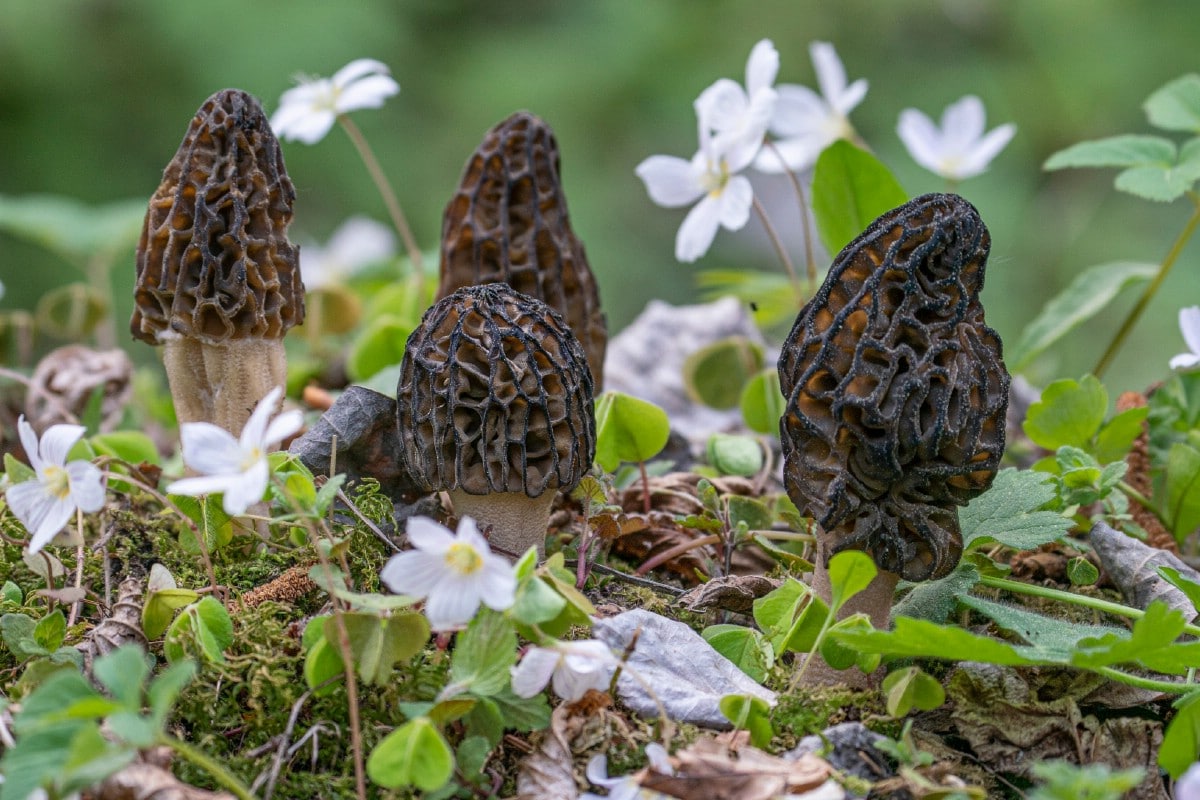
Jump to:
All About Morels
Morel mushrooms, scientifically known as Morchella, are a genus of edible fungi that are highly sought after in early spring. These mushrooms have a unique honeycomb-like cap and a hollow white stem. Their flavor has been described as nutty, earthy, and slightly smoky, with an umami depth and complexity.
These mushrooms are notoriously difficult to cultivate, with most of the global supply coming from wild foraging. This scarcity, combined with their short growing season (typically from April to May), contributes to their reputation as a highly sought-after and valuable ingredient.

Across the world, morels are known by a variety of regional nicknames, from “dryland fish” and “hickory chickens” to “molly moochers” and “merkels.” Every spring, everyone who loves wild fungi hits the woods, searching for these forest gems. It’s a challenging search, too, often with dozens of miles hiked with little reward. When you do hit the morel honeypot, though, it’s so worth it.
Morels usually return in the same location every year, so those who do find good spots guard those coordinates like it’s Jack Sparrow’s lost treasure. Never ask a mushroom forager where their morel spot is – either they’ll just laugh in your face, or you might find yourself on a wild, completely fruitless goose chase.
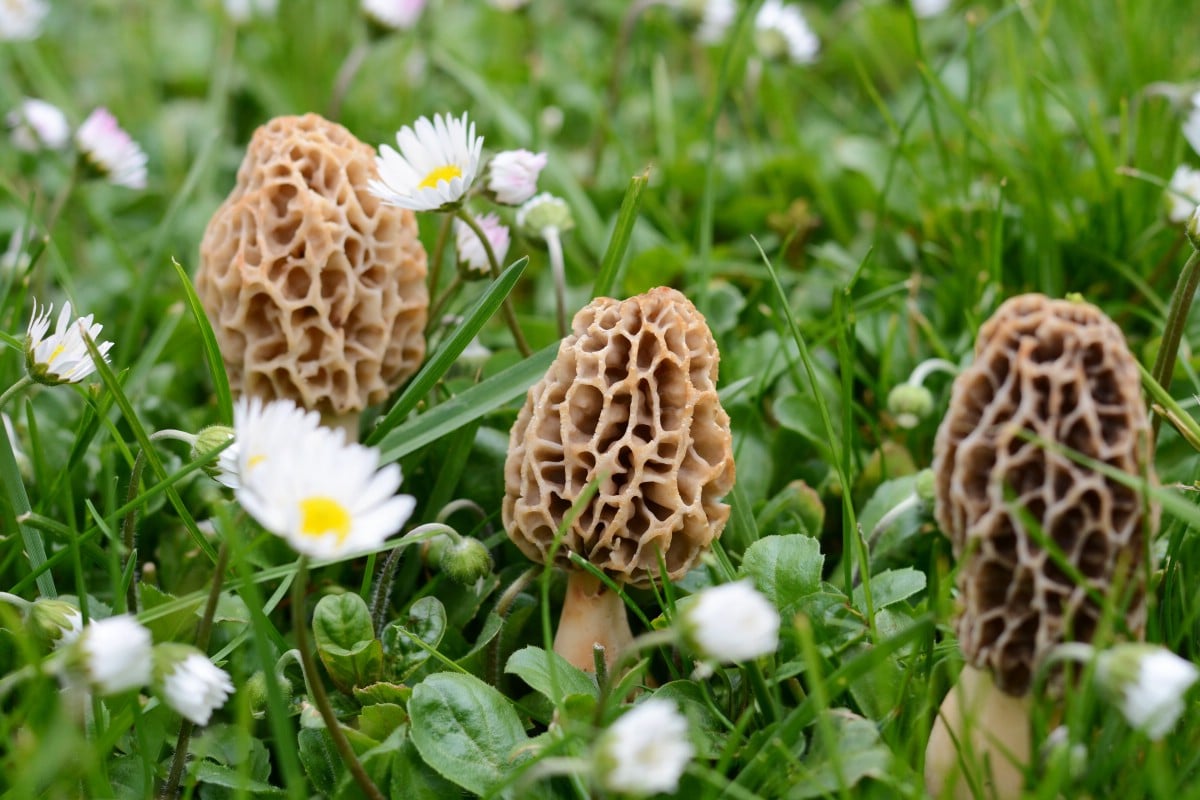
Sourcing Morel Mushrooms
If you’re fortunate enough to live in an area where morels are naturally found (most of the United States!), you can forage for them yourself. However, it’s crucial to be cautious when foraging since several poisonous lookalike species exist. If you’re not an experienced forager, it’s best to consult with local experts or join a guided foraging tour to verify any finds.
If you’re not into unendingly searching the woods for hours and miles to find your own morels, you’ll need to consider buying them. Successful morel foragers often sell their finds at farmer’s markets, specialty grocers, to local restaurants, and even online. Their shelf-life is short, though. So, they’ll likely be dried if they can’t be sold immediately.
When selecting morels, look for specimens that are firm, dry, and free of any blemishes or signs of damage. Avoid morels that appear slimy, soggy, or discolored, as these are past their prime and unsafe to consume.
Morels are delicate and can easily become bruised or damaged, compromising their flavor and texture. Store them in a paper bag or a breathable container in the refrigerator, and use them as soon as possible.
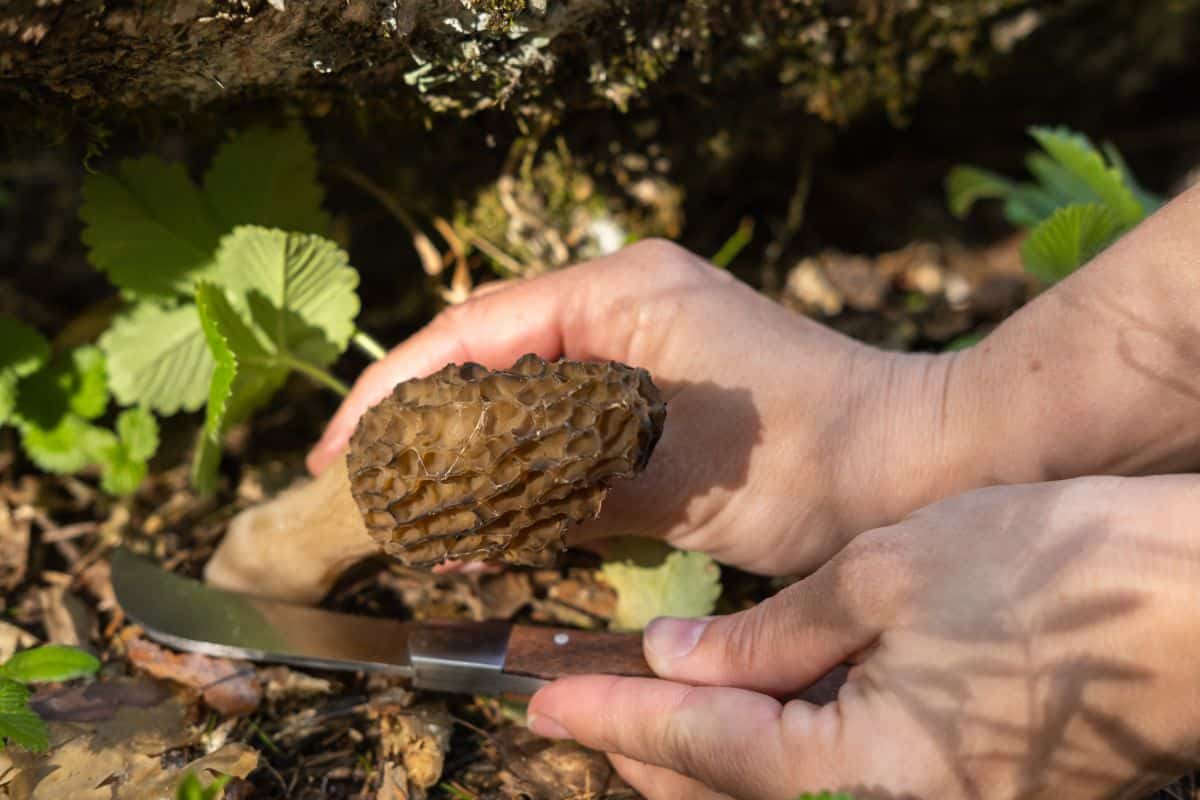
Preparing Morel Mushrooms for Cooking
Morels are notorious for harboring dirt, insects, and other unwanted debris, so a thorough cleaning process is crucial. Eating dirt and bugs usually isn’t that enjoyable!

Begin by gently brushing off any visible dirt or debris from the mushrooms using a soft-bristled mushroom brush or a clean, damp cloth. Next, slice the morels in half or quarters lengthwise, depending on their size. This step not only helps to remove any hidden dirt or bugs but also allows for more even cooking. Discard any discolored or damaged portions of the mushrooms, as these can make them mushrooms taste unpleasant.
Once the morels are sliced, rinse them in water or wipe them with a damp cloth. There is no need to soak them. Morels are fragile in that they are hollow and get crushed easily. There is so little to their body; even if they get waterlogged, it doesn’t matter too much. They’ll dry out quickly enough on a dish towel or in the frying pan.
Remember, morels contain a small amount of toxins that can cause gastrointestinal distress if consumed raw, so it’s essential to always cook them thoroughly before eating them.
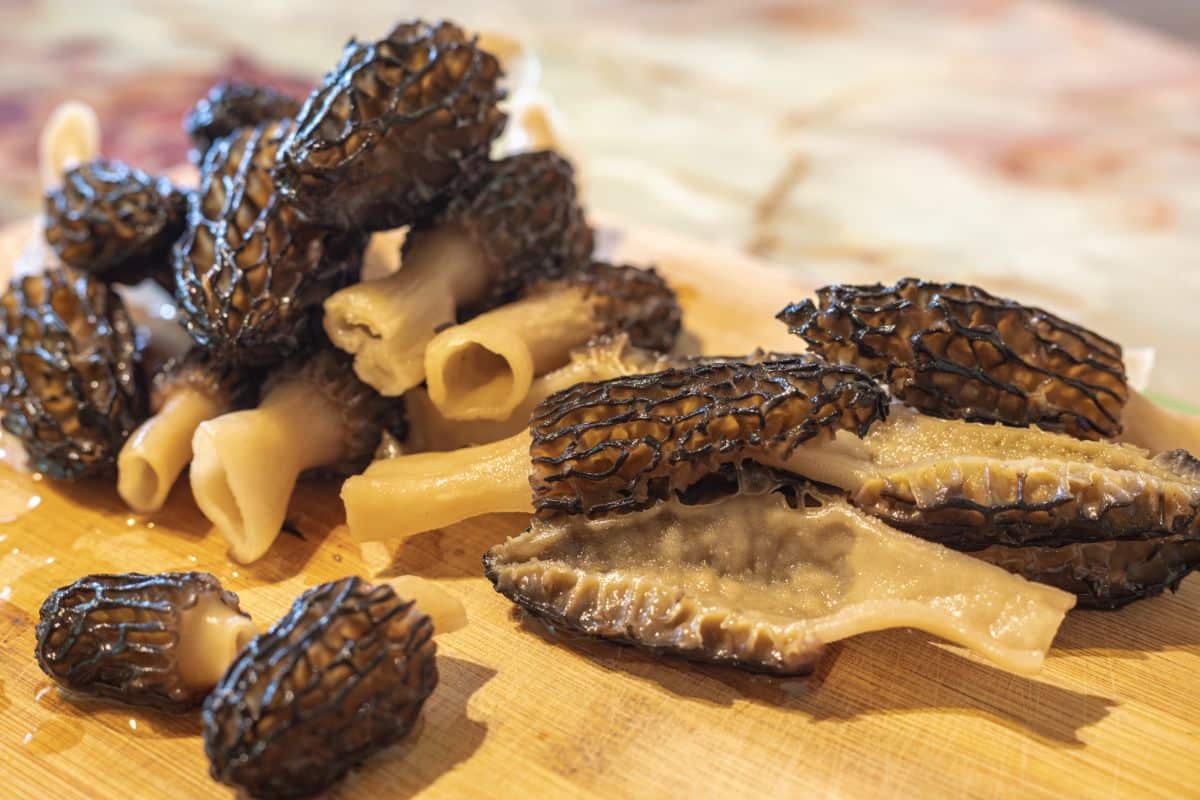
Morel Preparation Step by Step:
- Brush the morels with a soft toothbrush, mushroom brush, or your hand to remove any visible dirt or debris.
- Halve the morels lengthwise. They are hollow inside and critters love to hide in there. Look for bugs, worms, and other critters and evict them.
- Rinse the halved morels by swishing them around in a bowl of water. Do this for a minute or so to make sure everything gets out.
- Dry them using a salad spinner or by patting them dry with a clean kitchen towel.
- If you prefer to keep the morels whole, brush them thoroughly, rinse and agitate them as directed above, but for a longer time. Repeat the process several times to be as thorough as possible.
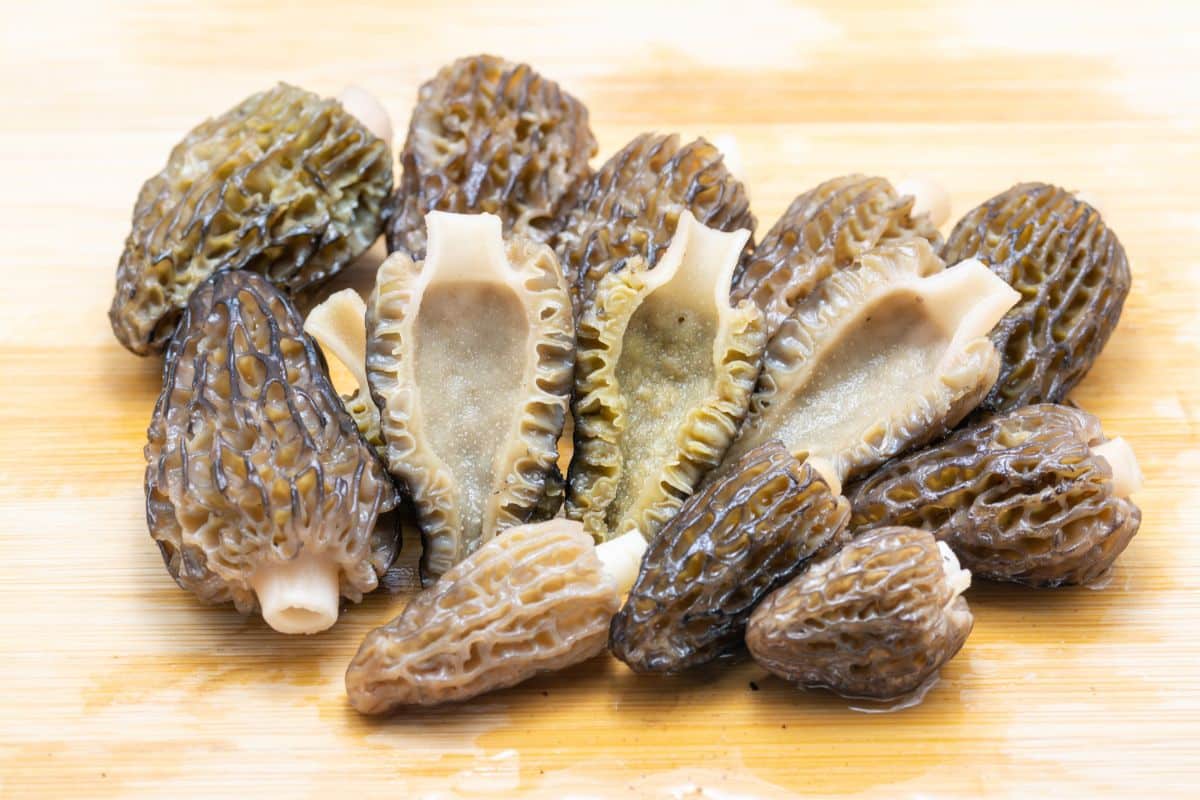
Cooking Morel Mushrooms: Techniques
Sautéing Morel Mushrooms
One of the most classic and delicious ways to cook morel mushrooms is to sauté them in a hot pan with a bit of butter or oil. This method allows the mushrooms to develop a beautiful golden-brown crust while still retaining their tender, juicy interior.
Begin by heating a large, heavy-bottomed skillet over medium-high heat. Once the pan is hot, add a generous chunk of unsalted butter or a drizzle of high-quality olive oil. Allow the fat to heat until it begins to shimmer, then carefully add the prepared morel mushrooms in a single layer, making sure not to overcrowd the pan.

Sauté the morels, stirring occasionally, until they develop a deep, caramelized color, typically about 5-7 minutes. Be careful not to overcook the mushrooms, as this can cause them to become tough and rubbery.
Once the morels have achieved the desired level of browning, you can add minced garlic, shallots, or fresh herbs to the pan. A splash of dry white wine or broth will deglaze the pan and create a flavorful sauce to coat the mushrooms.
Serve the sautéed morels as a side dish, or incorporate them into omelets, risottos, stir-fries, pasta dishes, and beyond. The key is to let the morels shine, allowing their unique, earthy, and nutty notes to take center stage.


Roasting Morel Mushrooms
Another excellent way to prepare morel mushrooms is to roast them in the oven. This method intensifies their flavor and creates a delightful crispy texture on the exterior while keeping the interior tender and juicy.
Preheat your oven to 400°F (200°C). Thoroughly clean and prepare the morel mushrooms as described in the previous section, slicing them lengthwise if desired.
In a large bowl, toss the morels with a generous drizzle of high-quality olive oil, making sure to coat them evenly. Season with a pinch of salt, freshly ground black pepper, and any other desired seasonings, such as garlic powder, dried thyme, or paprika.
Spread the seasoned morels in a single layer on a parchment-lined baking sheet, ensuring that they have enough space to brown and crisp up without steaming. Roast the mushrooms for 15-20 minutes, flipping them halfway through until they are golden brown and tender.
You can also put the seasoned morels in a cast iron skillet in the oven. They won’t crisp up like this but instead will marinate in their own juices and become a super tasty side dish or topping.
The roasting process concentrates the morels’ natural flavors, creating a delightful interplay of earthy, nutty, and slightly crispy notes. Serve the roasted morels as a side dish, add them to salads or grain bowls, or use them as a topping for grilled meats or fish.

Frying Morel Mushrooms
In most of North America, the most common way to prepare morels is by frying them. The key lies in the mushroom’s covering. An excellent coating or batter not only provides a satisfying crispness but also shields the inner morel, allowing it to cook through steaming rather than direct contact with the hot oil.
However, it is essential to note that there is a technique to achieve this: you must have a thick coating of breading or batter. Simply coating the morels in flour will not create the desired effect. You want a nice thick coating to create that perfect crunchy exterior.

The recommended cooking time for each morel is approximately 6 minutes. This is because frying the morels this long is necessary for them to be fully cooked and safe for consumption. Eating raw morels will make you sick and can lead to hospitalization.
It is important to note that frying the morels at excessively high temperatures is not advised; instead, a temperature range of 325°F to 350°F is ideal.
For your fried morels, keep it simple. This is the final result of a laborious hunt for your desired prey, and you want to showcase their flavor.
- Add oil to a large saute pan to fill up ½” up the side. Heat it to 325-350F.
- Slice the morels in half and dust them in seasoned flour (flour, garlic powder, pepper, salt, onion powder, to taste)
- Dip the morel halves in egg wash and then back in the flour.
- Fry for 3-4 minutes per side.
- Remove to paper towel to drain. Serve with lemon wedges.

Incorporating Morels into Sauces and Soups
Morel mushrooms are not just for sautéing or frying – they also make a wonderful addition to a variety of sauces and soups, where their unique flavor can shine. Remember, you don’t want to overpower their taste, or what’s the point of them even being in the soup?
Begin by sautéing the prepared mushrooms in butter or oil until they are golden brown. Remove the morels from the pan and set them aside. In the same pan, sauté aromatic ingredients like onions, garlic, and shallots until fragrant. Deglaze the pan with a splash of white wine or broth, scraping up any browned bits from the bottom of the pan.

Once the liquid has reduced slightly, stir in heavy cream, crème fraîche, or a roux-based béchamel sauce. Gently fold the sautéed morels back into the sauce, allowing the flavors to meld together. Season with salt, pepper, and any additional herbs or spices to taste.
This rich, creamy morel sauce can be served over grilled or roasted meats, tossed with pasta, or used as a topping for roasted vegetables or mashed potatoes.

Morels also make an excellent addition to soups, where their earthy, nutty flavor can complement a variety of broths and ingredients. Start by sautéing the morels in butter or oil, then add them to your soup base.
The hollow structure of morel mushrooms allows them to soak up the flavors of the surrounding ingredients and makes them a delightful textural element in any soup or stew. Experiment with pairing morels with other springtime ingredients, such as asparagus, peas, or fresh herbs.

Stuffing and Baking Morel Mushrooms
Morel mushrooms’ unique shape and hollow interior make them an excellent candidate for stuffing and baking.
Begin by thoroughly cleaning and preparing the morel mushrooms, as described earlier. Slice the larger specimens in half lengthwise to create a “boat” shape that can be easily filled.
For the stuffing, you can get creative with a variety of fillings, such as:
- A savory mixture of sautéed morels, breadcrumbs, Parmesan cheese, and fresh herbs
- A blend of roasted vegetables and cheeses
- A rich, duxelles-style mixture of finely chopped mushrooms, shallots, and garlic
Carefully spoon or pipe the desired filling into the hollow cavities of the morel halves, being careful not to overstuff them.
Arrange the stuffed morels on a baking sheet, drizzle them with olive oil or melted butter, and season with salt and pepper. Bake the stuffed morels in a preheated oven at 375°F (190°C) for 15-20 minutes, or until the filling is hot and the mushrooms are tender.
Serve the baked, stuffed morels garnished with additional fresh herbs or a drizzle of balsamic glaze for a touch of sweetness.
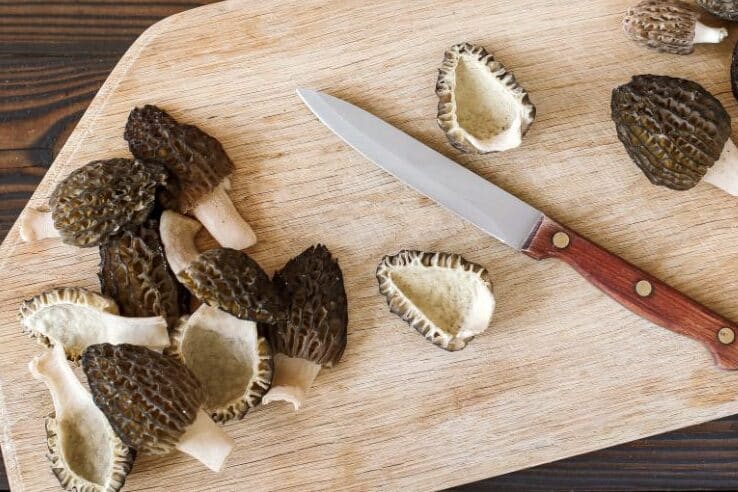
Preserving the Bounty: Drying, Pickling, and More
One of the challenges of working with morel mushrooms is their fleeting growing season, which can make it difficult to enjoy them year-round (or maybe that is part of their allure…). Fortunately, several methods for preserving morels allow you to savor their awesomeness long after the fresh season has passed.
Drying Morel Mushrooms
Drying is an excellent way to extend the shelf life of morel mushrooms. It also concentrates their flavor. Begin by thoroughly cleaning and slicing the morels as you would for cooking. Arrange the sliced mushrooms in a single layer on a baking sheet or dehydrator tray, making sure they have plenty of space to allow air circulation.
Dry the morels in a food dehydrator set to 95-115°F (35-46°C) or in a low-temperature oven (no higher than 135°F/57°C) with the door slightly ajar for 6-12 hours or until the mushrooms are completely dry and crisp.
Once dried, store the morels in an airtight container, such as a mason jar or a resealable plastic bag, in a cool, dark place. The dried morels can add intense, earthy flavor to various dishes. To rehydrate them, simply soak the dried mushrooms in hot water or broth for 15-20 minutes before incorporating them into your recipe.
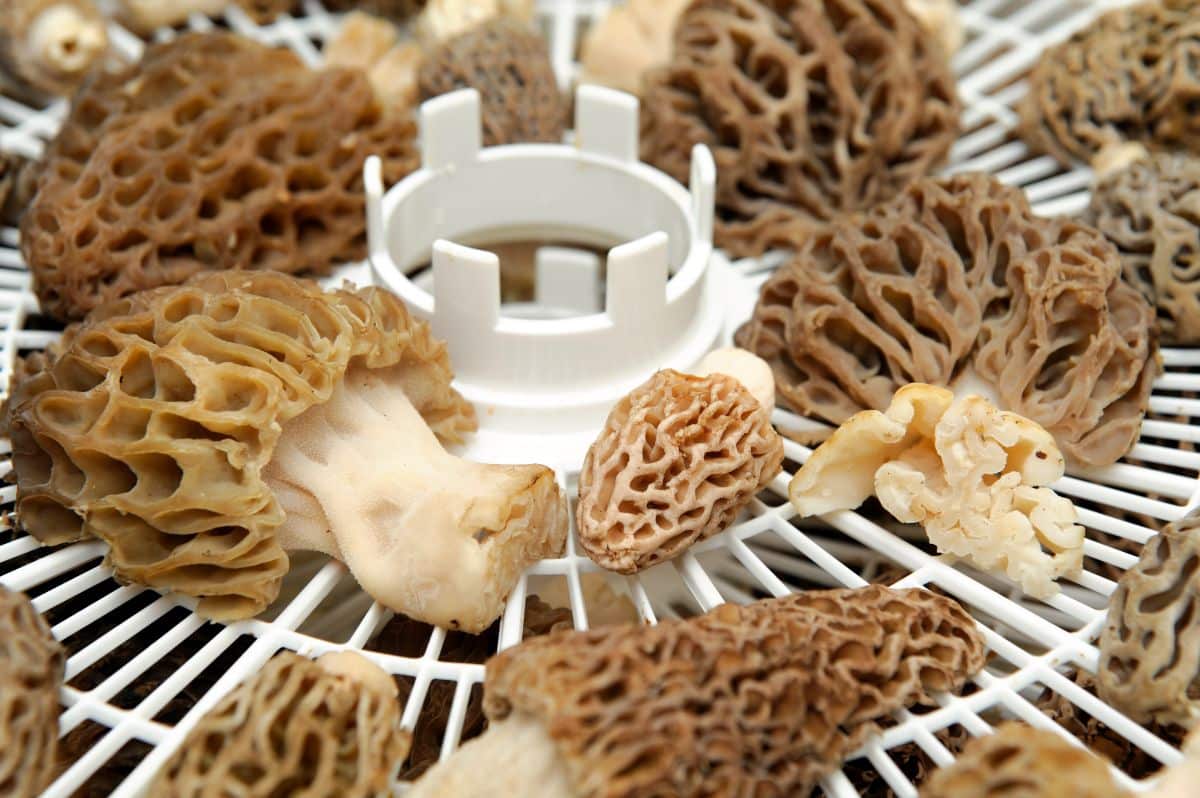
Pickling Morel Mushrooms
Pickling is another excellent way to preserve the flavor of morel mushrooms. This method extends their shelf life and introduces a delightful tangy and slightly sweet dimension to the morels.
Begin by thoroughly cleaning and preparing the morels as you would for cooking. In a saucepan, combine equal parts white wine vinegar, water, sugar, a pinch of salt, and any desired aromatics, such as garlic, shallots, or fresh herbs.
Bring the pickling liquid to a boil, then reduce the heat and simmer for 5-10 minutes to allow the flavors to meld. Carefully add the prepared morel mushrooms to the hot pickling liquid, making sure they are fully submerged.
Remove the pan from the heat and let the morels cool in the pickling liquid. Once cooled, transfer the pickled morels and their liquid to a clean, sterilized jar or container, ensuring that the mushrooms are completely covered.
Store the pickled morels in the refrigerator for up to 3 months. Their flavor will develop over time; it’s best to let them sit for at least a month before eating. The tangy, slightly sweet pickled morels make a delightful addition to charcuterie boards, salads, or a topping for burgers or sandwiches.

Morel Mushroom Powder
One great technique for using morel mushrooms is turning them into a flavorful powder. Dehydrate the mushrooms as described earlier, then grind them into a fine powder using a spice grinder or high-powered blender. This morel powder can be used to season a wide variety of dishes, from roasted meats and vegetables to sauces, dips, and even baked goods.
Sprinkle the morel powder over popcorn for a gourmet snack, or use it to add depth and complexity to your favorite recipes. The concentrated flavor of the powder allows you to enjoy the essence of morels year-round, even when the fresh mushrooms are out of season.
Morel Mushroom Butter
Another creative way to preserve and showcase the flavor of morel mushrooms is to make a compound butter. Start by sautéing the cleaned and sliced morels in butter until they are golden brown and caramelized. Allow the mushrooms to cool, then fold them into softened unsalted butter, along with minced garlic, fresh herbs, and a pinch of salt.
This morel mushroom butter can be rolled into a log, chilled, and sliced to top steaks, fish, or roasted vegetables. It can also be melted and used as a sauce or dressing or even incorporated into baked goods like savory scones or biscuits.

Morel Mushroom Duxelles
For a truly decadent and versatile morel preparation, consider making morel duxelles—a finely chopped, sautéed mushroom mixture that can be used as a filling, topping, or sauce.
Begin by sautéing the cleaned and minced morel mushrooms in butter or olive oil until they are deeply browned and their moisture has evaporated. Add minced shallots, garlic, and fresh herbs, and continue cooking until the mixture is fragrant and the flavors have melded.
This rich, intensely flavorful, morel duxelles can be spread on crostini as an appetizer or blended into a creamy sauce to serve over pasta, rice, or roasted vegetables.

More Morel Recipes
- Pasta with Morel Mushrooms in a Delicate Cream Sauce
- Pan Fried Morel Mushrooms
- Classic Fried or Breaded Morels
- Stuffed Morel Mushrooms
- Brown Butter Morel Mushrooms
- Creamy Morel Mushroom Sauce
- Vegan Farro Bowl with Morels, Asparagus, and Tarragon Gremolata
- Morel Mushroom and Quinoa Salad
- Morel Mushroom and Asparagus Risotto
- Morel Mushroom Compound Butter
- Morel Mushroom Curry
- Beer Battered Morel Mushrooms
Common Questions About Cooking Morel Mushrooms
Are morel mushrooms unsafe to eat?
No, as long as they are cooked. Never eat this mushroom raw as it contains a toxin that can make you quite ill. Cooking neutralizes the toxin, making them safe to consume. Remember, folks have been eating morels for generations with few issues. The recent case of morel poisoning was rare and happened because the mushrooms were undercooked.
Are morels difficult to cook?
Not at all. They take between 6-10 minutes to fully cook and you can sauté, bake, fry, or stir-fry them.





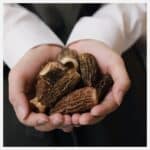
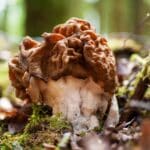
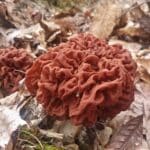
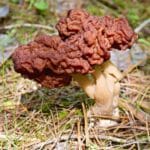
Leave a Reply